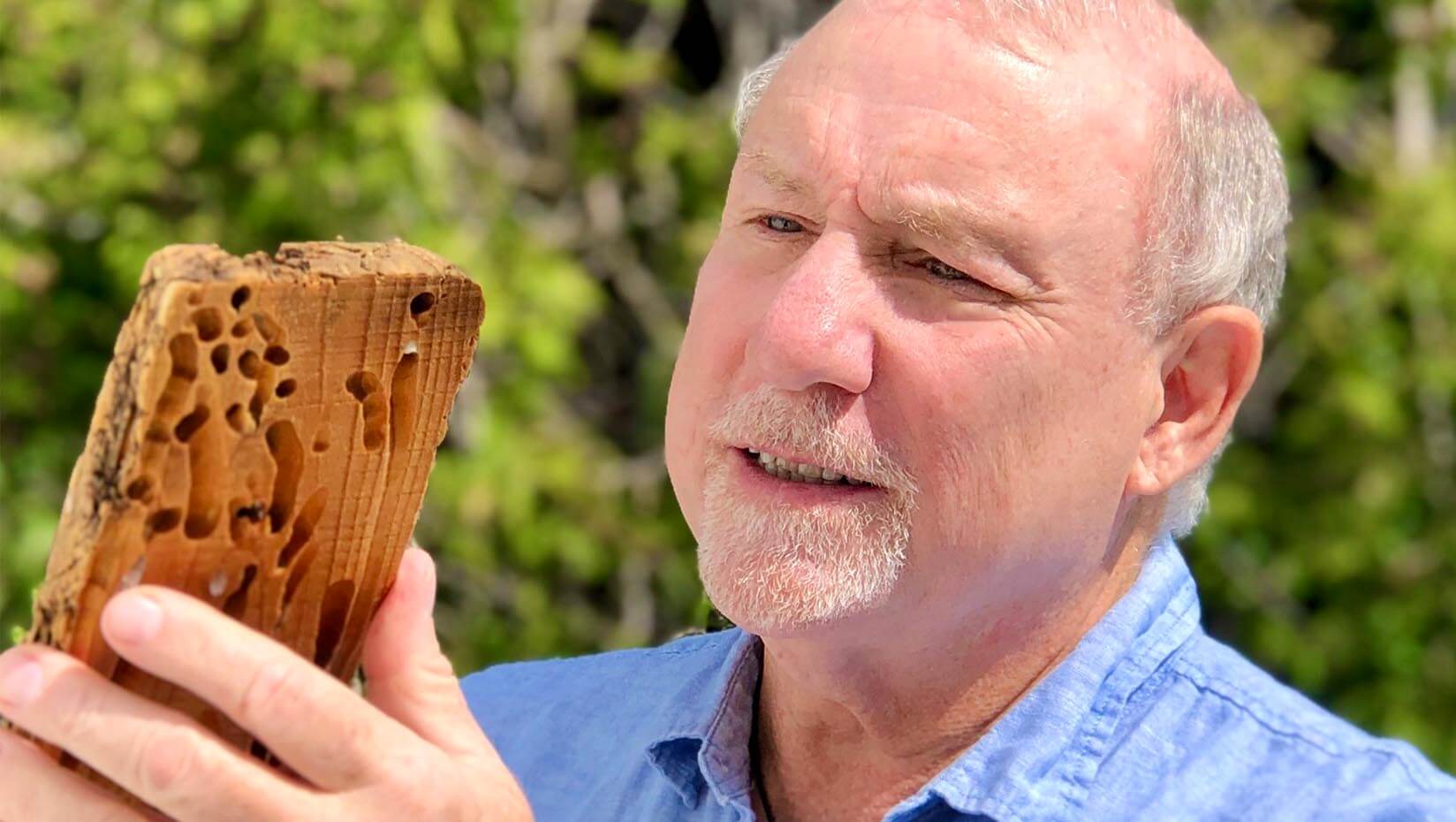
New study uncovers how shipworms plagued seafarers for millennia
For thousands of years, shipworms — a family of mollusks found in oceans — sank wooden vessels, ravaged wharfs and shipwrecked sailors. They even devastated the Spanish Armada in the 16th century. Exactly how they have been able to wreak such havoc has remained a mystery, until now.
A new study published in the journal International Biodeterioration & Biodegradation revealed how shipworms are able to digest lignin — the toughest material in wood — and thereby decimate old ships and maritime infrastructure. Researchers found never-before-seen symbiotic microbes hidden away inside a tiny suborgan in shipworms’ guts called the typhlosole. They further concluded that those microbes secrete enzymes that are able to break open the wood at the molecular level and allow digestion.
The team behind the study was led by Barry Goodell, professor emeritus of the University of Maine’s School of Forest Resources and recently retired professor of microbiology with the University of Massachusetts Amherst. Goodell has investigated how shipworms digest lignin for nearly a decade.
“It’s very satisfying,” said Goodell. “We’ve been trying to crack this mystery for years and we finally discovered the shipworm’s hidden bacterial symbiont secret.”
Findings from the study can support future research into greenhouse gas emissions, help enhance bioindustrial processes and inspire the development of natural products that bolster human health.
Read the full story on the UMass Amherst website.
Contact: Marcus Wolf, 207.581.3721; marcus.wolf@maine.edu
